Cantabria to Retire: Green & Calm
Nestled on the country’s northern coast, between the Basque Country and Asturias, Cantabria is a region of profound, lush beauty, where the mountains literally meet the sea. It’s a secret that Spaniards have kept for themselves, a place for those seeking authenticity, tranquillity, and a high quality of life. Cantabria is ideal to retire if you value culture, calm, sea views and green landscape.
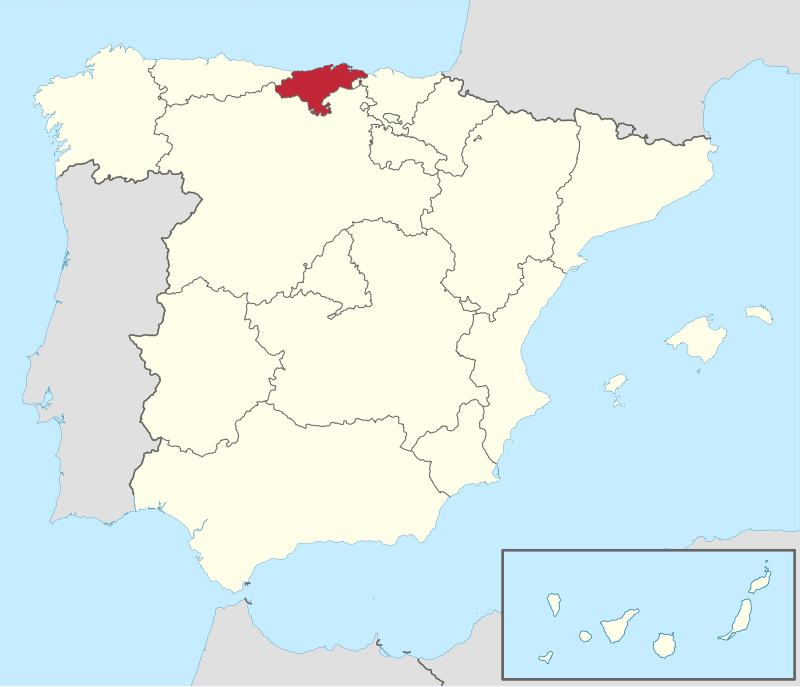
This is the Spain of four distinct, gentle seasons, earning it the nickname “La España Verde” – Green Spain.
For the discerning retiree looking for a rich and fulfilling life beyond the tourist trail, Cantabria offers a compelling proposition.
Santander: Elegance by the Sea
The regional capital, Santander, is a model of sophisticated, manageable city living. Rebuilt after a great fire in 1941, its wide avenues, elegant boutiques, and beautiful waterfront, including the famous Sardinero beach and the Magdalena Peninsula (the former summer palace of the Spanish Royal Family), give it a refined air. The city boasts excellent healthcare facilities, a well-regarded university, a modern arts centre, and a world-class concert hall. For retirees, it offers all the amenities of city life—fine dining, culture, and services—wrapped in a calm, walkable environment.

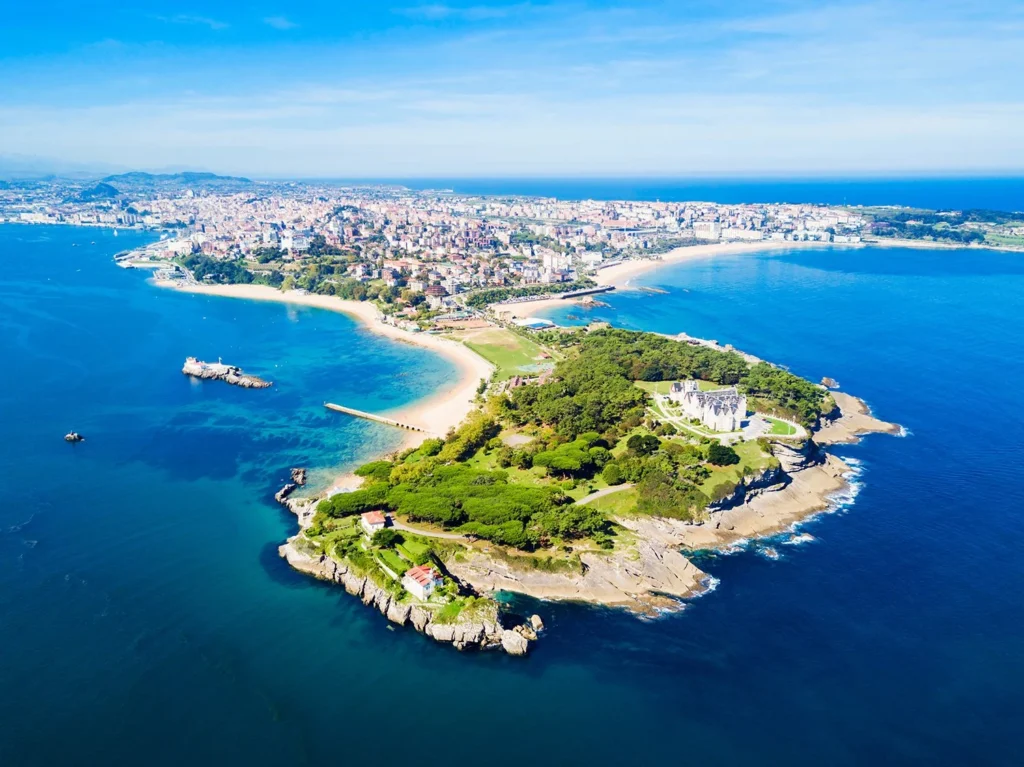
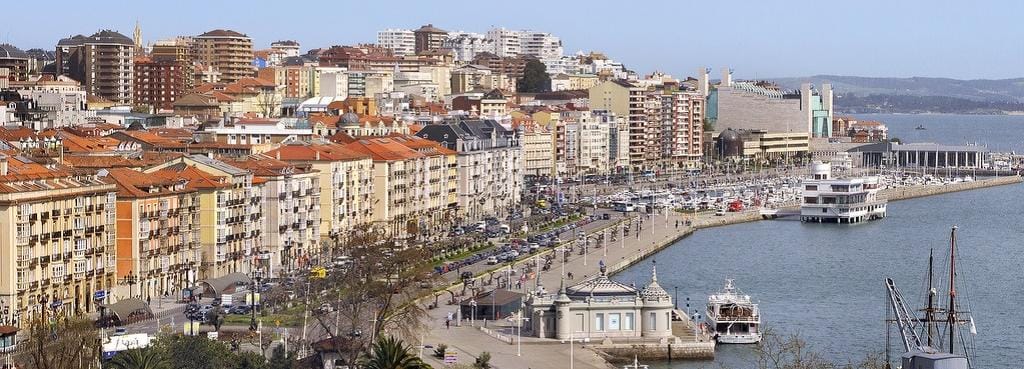
A Landscape of Myth and Majesty
Cantabria’s geography is its masterpiece. To the north, the Cantabrian Sea crashes against a dramatic coastline of cliffs, hidden covas (coves), and long, golden beaches like those in Suances and Laredo. Just a short drive south, the landscape soars into the majestic Picos de Europa, a limestone massif of soaring peaks, deep gorges, and verdant valleys. This unique combination means you can enjoy a morning walk along a pristine beach and an afternoon hike through breathtaking mountain trails.
The climate is temperate maritime, characterised by mild summers and winters. While it rains more here than in the south, the showers are what create the region’s legendary, almost Celtic, greenery. You’ll trade scorching August heat for comfortable summer days averaging 22-25°C (72-77°F), perfect for active outdoor living.
The Allure of the Pueblos
Beyond the capital, Cantabria’s soul lies in its charming inland villages and fishing ports. Towns like Santillana del Mar, often called “the prettiest village in Spain,” seem frozen in time, with its perfectly preserved medieval stone streets and noble mansions. Comillas is a jewel of modernist architecture, featuring works by Gaudí. For a taste of maritime life, the fishing villages of Castro Urdiales and San Vicente de la Barquera offer fresh seafood served on the harbourfront, with their castles and churches standing guard.
Property here ranges from modern apartments in Santander to restored stone cottages in the Pas or Saja valleys. The cost of living, while higher than in rural Extremadura, is significantly more affordable than in Madrid, Barcelona, or the popular coastal areas of the south, offering exceptional value.
A Rich Tapestur of Culture and Cuisine
Cantabria is a land steeped in history. The Cave of Altamira, known as the “Sistine Chapel of Prehistoric Art,” contains some of the world’s most important Paleolithic paintings. While the original is closed for preservation, the nearby Neocave is a perfect, awe-inspiring replica.
The local cuisine is a highlight of daily life, built on fresh, high-quality ingredients. This is a region for food lovers. Indulge in the legendary cocido montañés (a hearty mountain stew), rabas (fried squid), and the prized anchovies of Santoña. The local cheeses, like Queso Picón Bejes-Tresviso, are sharp and flavourful, and the orujo (a potent grape spirit) is the perfect digestif. Meals are a social event, best enjoyed in the region’s many family-run sidrerías (cider houses) and asadores (grill houses).
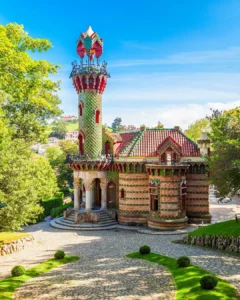
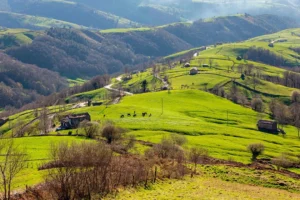

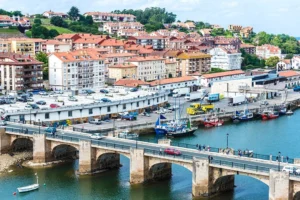
Communications: Getting To Cantabria
Cantabria is well-connected by road and rail, making it relatively easy to reach and explore.
By Road:
- A-8 Motorway (Autovía del Cantábrico): This is the main artery running east-west along the entire northern coast of Spain. It connects Cantabria with:
- The Basque Country and France to the east.
- Asturias and Galicia to the west.
- A-67 Motorway (Autovía de la Meseta): This is the crucial north-south connection, linking the regional capital, Santander, with the interior of Spain, specifically Valladolid and Madrid.
By Rail:
- FEVE (Narrow Gauge): This is a scenic and charming railway line that runs along the coast, stopping in many of Cantabria’s towns and villages. It’s perfect for a leisurely journey between San Sebastián, Bilbao, Santander, and Oviedo.
- RENFE (Standard Gauge): Provides faster, long-distance services (Alvia and Intercity) connecting Santander Station directly with major cities like Madrid, Valladolid, Bilbao, and Barcelona.
Airport: Flying into Cantabria
Seve Ballesteros-Santander Airport (SDR)
- Location: Located just 5 km south of the city of Santander, making it very convenient.
- Destinations: It operates seasonal and year-round flights to various European cities.
- UK & Ireland: London (Stansted, Gatwick), Dublin, Edinburgh (seasonal), Manchester (seasonal).
- Other European Hubs: Frankfurt, Brussels, Milan, Paris.
- Domestic: Regular flights to Barcelona and Madrid.
Nearby Alternative Airports:
If you can’t find a suitable flight to Santander, consider these airports in neighboring regions:
- Bilbao Airport (BIO) – Approximately 1 hour and 15 minutes drive from the eastern part of Cantabria. Excellent international connections.
- Asturias Airport (OVD) – Approximately 2 hours drive from the western part of Cantabria.
Ferries: Arriving by Sea from the UK
This is a unique and popular way to travel to Cantabria, especially for those bringing a car or caravan from the British Isles.
Port of Santander: Brittany Ferries
- Route: Portsmouth (UK) to Santander.
- Plymouth (UK) to Santander.
- Duration: The crossing takes approximately 24 hours.
- Service: This is a comfortable cruise-ferry service with cabins, restaurants, cinemas, and shops. It’s an experience in itself.
- Frequency: The service operates year-round, with multiple sailings per week during the peak summer season and reduced frequency in the winter.
- Why take the ferry?
- Bring your own vehicle: Ideal for a longer touring holiday around northern Spain.
- Relaxing start/end to your holiday: Avoids long drives through France.
- Direct access: You disembark right in the heart of Cantabria.
The Practicalities of a Cantabrian Retirement
Connectivity: Santander Airport offers direct flights to several European cities like London, Dublin, and Frankfurt, making visits from family and friends easy. Excellent highways and rail links connect you to Bilbao (and its international airport) in under an hour, and to the rest of Spain.
Community: While not as densely populated with expats as the Costas, there is a small, growing, and well-integrated international community. The locals, known as cántabros, are known for their warmth, resilience, and deep pride in their region. Integrating and making local friends is a natural and rewarding process.
Is Cantabria for You?
Retiring in Cantabria is for those who appreciate natural beauty over nightlife, who enjoy the changing seasons, and who seek an authentic Spanish lifestyle. It’s for the active retiree who dreams of hiking, golfing, sailing, and exploring. It’s for the foodie and the culture enthusiast.
If your vision of retirement is a life of peaceful elegance, surrounded by some of Europe’s most stunning landscapes, where the air is clean and the pace of life is human, then look north. Look to Cantabria. It may just be the perfect place to write your next chapter.
